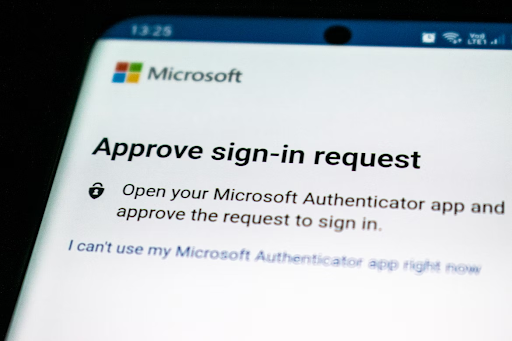Privacy Protection: 6 Tips for Safely Handling Sensitive Customer Data
Handling sensitive customer data is critical for their protection and yours. Information such as names, payment info, social security numbers, addresses, bank information, and account logins are directly targeted by malicious actors. By implementing preventative security measures like cloud data recovery, file encryption, and 2FA, you can mitigate the risks and ensure all data is responsibly managed and protected. Before we jump in, it’s important to evaluate your technical capacity and create a comprehensive list of all devices in use. What you implement and protect on one machine must be protected on every machine that can access the same data. From here, consider taking the following security measures:
Preventatively Implement Software for Cloud Data Recovery
Once you have identified the customer data that needs to be protected, it must be backed up and stored safely. By implementing reliable cloud data recovery systems, you can automatically back up critical data. If a breach or technical compromise occurs, it’s ready and waiting to be recovered and seamlessly restored. Cloud storage also gives you a failsafe should your physical location be compromised or fall victim to a natural disaster. Your data and customer information will be safely stored and ready to be accessed from your new secure location.
Organize Sensitive Data for Easy Management
Establish a structured system for organizing and managing client data. This system should match the flow of your internal processes, ensuring it supports your team rather than burdening them with extra steps. Sensitive information should be digitized, and the hard copies destroyed or stored in a secure location with restricted access. Modern document scanning apps can tell the difference between handwritten text and computer-generated text, so this process doesn’t have to be as complex or time-consuming as it seems.
Encrypt Files
Once everything is organized, sensitive information should be encrypted. This is especially important if the data is being moved from one digital location to another. Even if someone were to mistakenly receive the file or take it with malicious intent, they won’t be able to access the data without the password or encryption key.
Implement Password Security and Two-Factor Authentication (2FA)
While this may seem obvious, it’s so obvious that it’s often neglected. Passwords should always be unique, unguessable, and changed regularly. Sticky notes and Word Docs containing passwords are a quick path to a data breach. So look into a company-wide password security software that will help your team keep track of their account information in a secure way. Two-Factor Authentication (2FA) is another critical step in account access management that can prevent digital exposure. It requires a two-stage process for accessing data from different accounts or devices to ensure whoever is attempting to open the file has the authorization to do so.
Ensure On-Site File Safety Access
If customer data is stored in on-site servers or your team has the data displayed on their monitors, it may be exposed to a physical breach. Office visitors, tradespeople, and industry partners with on-site access could pose a threat to data security. All devices that store sensitive data should have security measures in place to ensure access is limited to those who are authorized. Locked server rooms, biometric access control systems, and device time-out settings will help reduce the likelihood of a physical leak.
Engage in Regular Employee Training
Your team should be on the alert for potential threats and trained to change passwords regularly, lock their computers, properly organize data, and maintain access restrictions at all times. Most importantly, your customers will thank you for keeping their data safe and secure. Which protection strategy will you implement first?




